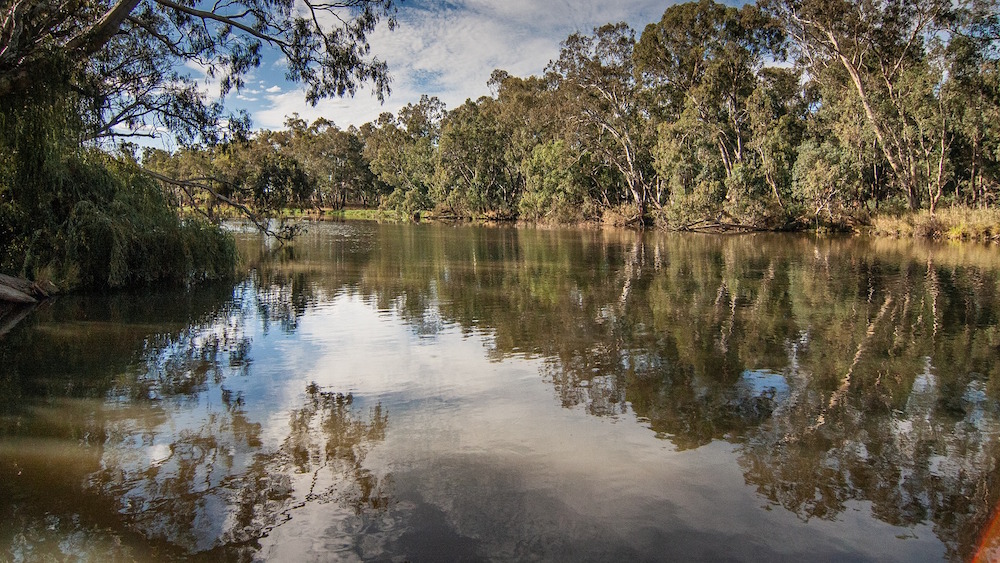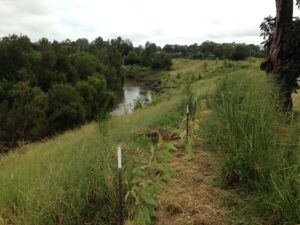
Griffith University researchers have been awarded a $640,000 Australian Research Council Linkage grant to develop an indicator of nutrient-runoff essential for accurate nutrient trading schemes.
The new nutrient equivalency indicator under development by the Australian Rivers Institute in collaboration with the Griffith Institute of Drug Discovery, Healthy Land & Water and the Queensland Department of Environment and Science, will provide government and industry with crucial information about the levels of nutrients entering waterways.

"This project delivers the knowledge needed for nutrient trading schemes, the market-based mechanism that allows industry to restore water catchments as a way of offsetting their nutrient waste," said lead researcher Professor Michele Burford.
Nutrients like nitrogen and phosphorus enter waterways from human activities and lead to a deterioration in water quality, algal blooms and aquatic weed outbreaks.
"Nutrients enter waterways via stormwater, industrial and agricultural runoff, soil erosion, and treated effluent released from wastewater treatment plants," Professor Burford said.
"Tree planting, stabilising river banks, and building wetlands are the traditional approaches to managing nutrient runoff, however, the scale of the problem across Australia means substantial investment is required.
The use of nutrient offsetting allows industry to assume some of that cost by undertaking catchment restoration actions that reduce soil erosion or surface water runoff from developments and farms and decrease the overall nutrient load entering waterways.
"Offsetting increased catchment nutrient waste from population growth in urban areas, by nutrient reduction in upstream rural areas has a lot of potential and is being trialled around Australia."
She said this approach had gained a lot of interest in recent times from wastewater treatment plants as the amount of nutrient waste discharged into waterways can be measured, and limits to the nutrient loads set in government discharge licences.

"Our partners in the wastewater treatment industry, Sydney Water and Urban Utilities, along with Healthy Land and Water, Alluvium, and the Queensland government all have a strong interest in making nutrient offsetting work.
"To develop an effective nutrient trading scheme, potential buyers of offset nutrient credits need to be confident the science underpinning the credits is accurate."
The key challenge for nutrient offsetting is determining the nutrient loads entering waterways from different sources and their individual and collective ecosystem effects, otherwise known as the 'equivalency ratio'.
"For example, how do the nutrients released from sources such as wastewater treatment plants compare with those from soil erosion during rain events; and what kinds of effects on water quality do these types of inputs have on our waterways, locally and downstream?" Professor Burford said.
"Developing an equivalency ratio for different nutrient sources will help answer these questions and by instilling confidence in a nutrient offsetting mechanism, will improve environmental outcomes if appropriately implemented."






